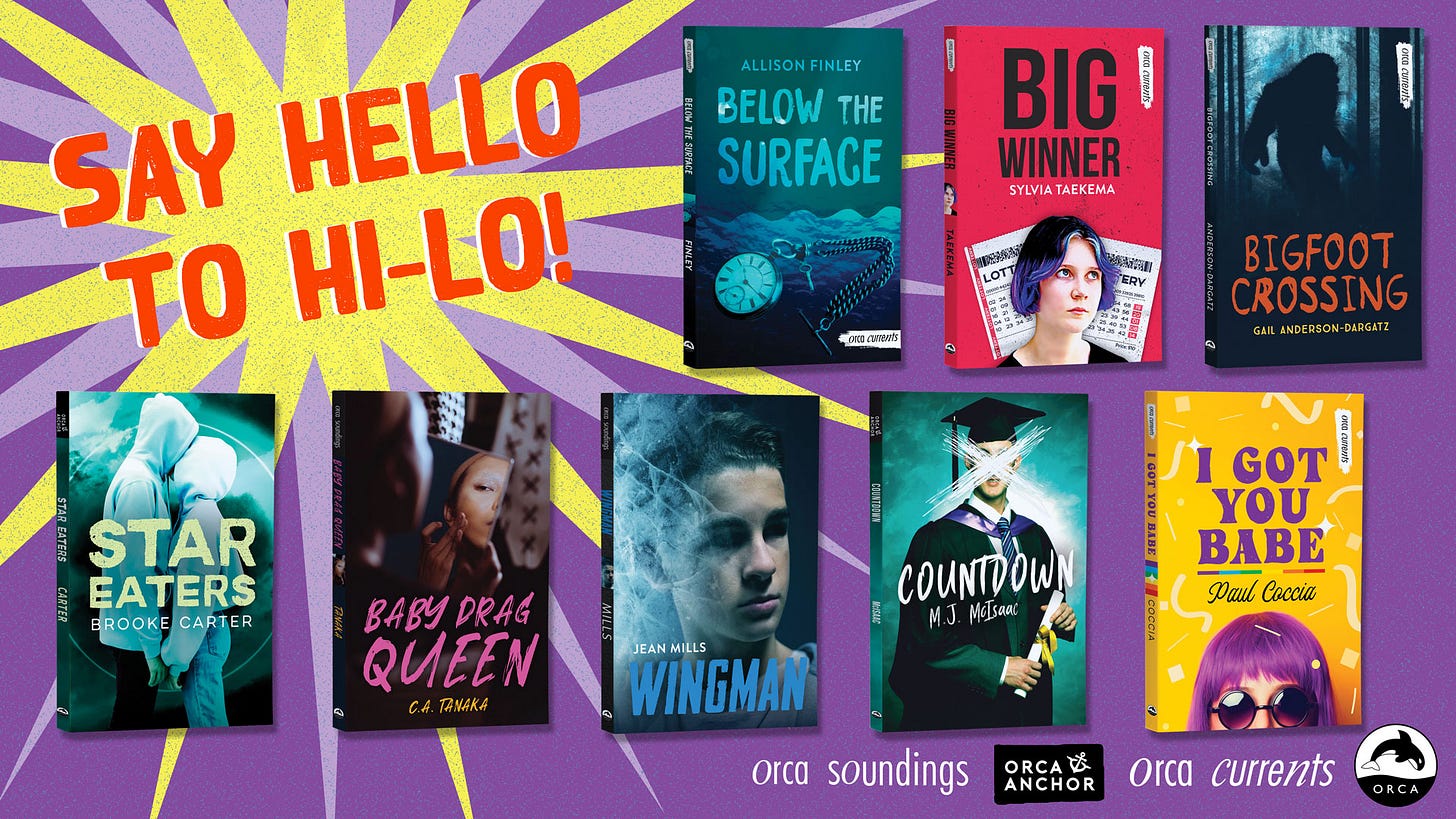The Great HiLo Discussion
A visit from my HiLo author friends Gail Anderson-Dargatz and Paul Coccia!
So last week (week before? What is time?) was a big week for me - my book Countdown was officially released into the world! This was my fourth HiLo Orca title and my first in their new Anchor line! Countdown was released simultaneously with three other Orca Books HiLo titles: I Got You Babe by Paul Coccia, Bigfoot Crossing by Gail Anderson-Dargatz and S…



